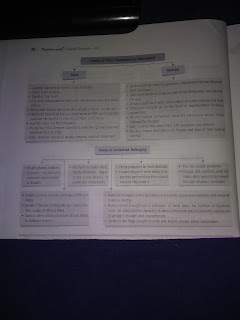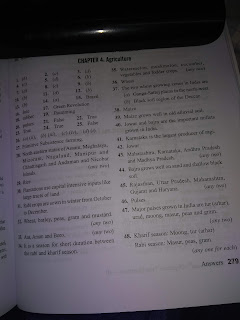1. How did silk routes link the world? Explain with 3 suitable examples.
ANS. (a) The most well known silk routes connected China to Europe. West bound Chinese silk cargoes travelled on this route. Chinese pottery also travelled this route.
(b) Several silk routes have been identified by the historians, both over land and sea, connecting vast regions of Asia and linking Asia to North Africa. Through this route, Chinese pottery, Indian textiles and spices from South East Asia travelled to Europe and North Africa.
(c) Trade and cultural exchanges went hand in hand.Early Christian missionaries and later Muslim preachers travelled through this route.
2. How did food habits travel from one place to another in the process of cultural exchange?
ANS. (a) In the process of long distance cultural exchanges, food habits are often taken up by others.
(b) Common food such as potatoes,soya, groundnut, maize, tomatoes,chillies, sweet potatoes, which are a part of Indian food now, were not known to the Indians five hundred years ago. These were brought to Asia, after the discovery of America.
(c) Noodles and pasta, which are supposed to be of Indian origin were originally brought by the Arabs to Sicily.
3. What were corn laws? Why were the corn laws abolished?
ANS. The laws that allowed the British Government to restrict the import of corn were commonly known as the corn laws. This was under the pressure of landed groups.
The corn laws were abolished because industrialists and urban dwellers were unhappy with high food prices following the implementation of the laws.




















































